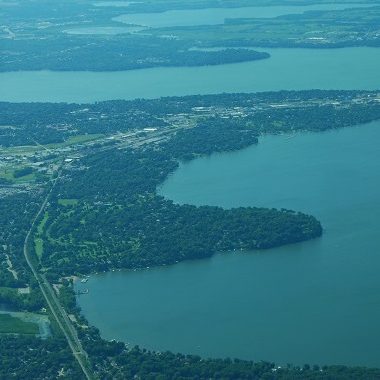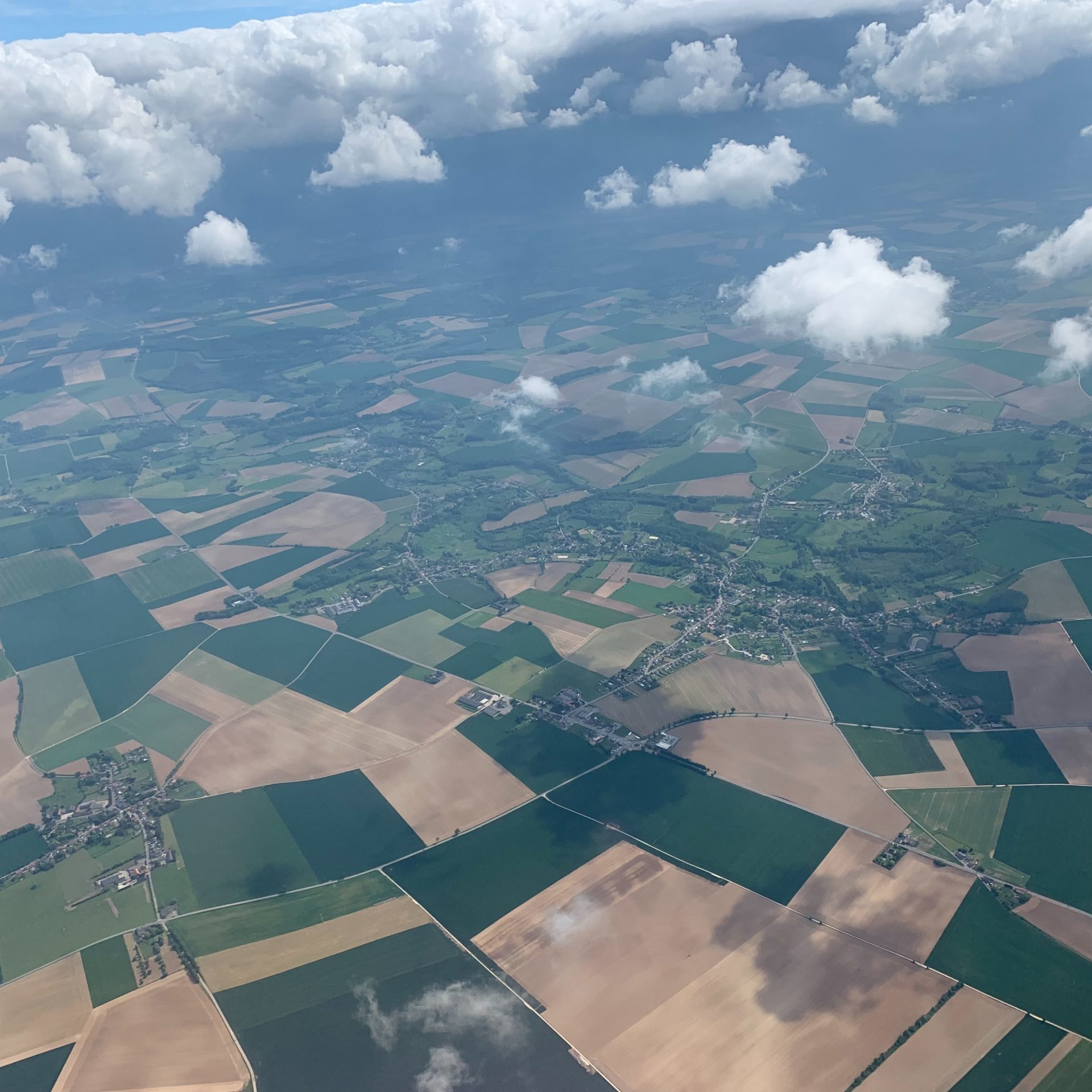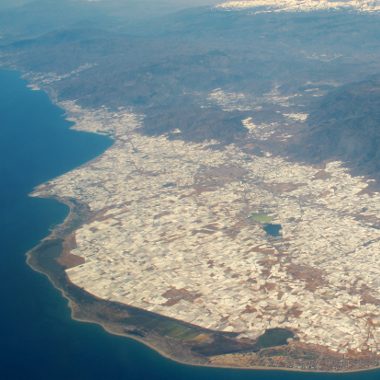Conserving Central India
The network is collaboration, exchange of ideas, and communication among researchers, NGOs and managers working in the central Indian Highlands.
Those involved in the network are dedicated to conserving biodiversity, improving livelihoods, and fostering sustainable development in the landscape through the application of interdisciplinary science.
The network was established in 2013 and is dedicated to conserving biodiversity, improving livelihoods, and fostering sustainable development in the central Indian Highlands through the application of interdisciplinary science. The network has grown through an initial symposium in 2014 and collaborations on various research projects. A second symposium is planned for December 2016. Please see www.conservingcentralindia.org for further information about the network and symposia.
The Landscape
The Central Indian Highlands consists of a continuous landscape in Central India across the states of Madhya Pradesh, Chattisgarh, Maharashtra and Andhra Pradesh where tropical deciduous forests form a major land cover. The landscape includes many protected areas and forest corridors that are essential for wildlife movement and genetic continuity across the landscape.
The landscape also serves as the headwaters to several rivers, including the River Narmada, which is one of seven major rivers in India, and is essential for meeting the irrigation, industrial and urban needs of the region. The forests in this landscape also support local livelihoods: 60% of the income of local people in non-protected areas is based on these forests. The people of this landscape live and support themselves through a range of activities, including agriculture, forest produce collection, tourism and urban activities.
This landscape has been the focus of recent development which includes introduction of new crops and development of new roads, rails, mines, tourism and other infrastructure. Simultaneously, studies on larger processes such as climate change suggest that this region will be highly vulnerable to projected changes in temperature and rainfall in the coming decades.
Science-based management of the landscape is needed to help achieve a balance among multiple objectives in the present and in the rapidly changing future: improving the well-being of local communities; conserving habitat for wildlife; protecting watersheds; tourism; and accommodating development needs for improved infrastructure.
Research Focus of the Network
The research carried out in the network focusses on developing the underlying science to support decisions towards sustainable development of the landscape. For example, we are conducting research on human-wildlife conflict, wildlife corridors, land use and water, forest degradation, food security, and agriculture and climate (see representative publications). We are keenly aware of the need to engage stakeholders and communicate results beyond standard outlets, which is one of the goals for the symposia.
Key Methods and Models
We use a range of methods for studying the landscape. These methods include remote sensing to map forest degradation and agriculture, field-based household surveys on food security and forest biomass and diversity, and modeling such as connectivity and hydrological modeling. We aim to combine these range of methods in interdisciplinary studies. Please see list of representative publications.
Please see www.conservingcentralindia.org for additional details. For contact information, email ConservingCentralIndia@gmail.com or Professor Ruth DeFries (PECS SC; Columbia University, USA)




